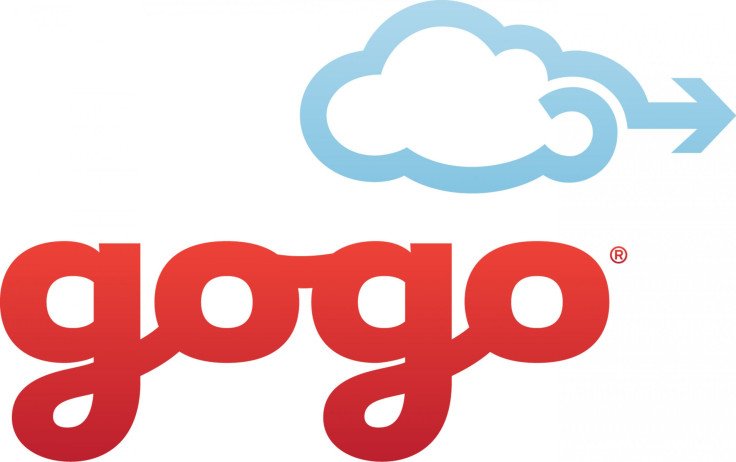Gogo Touts In-Flight Talk And Text, But Will The Plan Fly?

The Federal Aviation Administration announced last month that it would permit the gate-to-gate use of smartphones, tablets, e-readers and other personal electronic devises on planes across the United States (with a few exceptions) as soon as each airline could demonstrate that its fleet was capable of tolerating the radio interference. Now, leading in-flight wireless company Gogo Inc. (NASDAQ:GOGO) wants to push the envelope further with a new app that leverages the company’s Wi-Fi to enable in-flight texts and calls.
Gogo, which has already cornered the U.S. in-flight technology market, said passengers would be required to download an app from the Apple Store or Google Play to utilize the new Text & Talk program. Armed with the app, they could then use their own smartphone to send and receive text messages in real time from 30,000 feet while traveling in excess of 500 miles per hour.
“While we see this as more of a text messaging product for commercial airlines in the United States, the phone functionality is something that some international air carriers and our business aviation customers are asking for," Ash ElDifrawi, Gogo's chief marketing officer, explained in an announcement.
ElDifrawi said any smartphone user could roam onto Gogo’s in-flight Wi-Fi system as if they were roaming onto a land-based cellular network and continue accessing their messaging and phone services on Gogo-equipped aircraft. Current in-flight connectivity partners include American Airlines, Air Canada, AirTran Airways, Alaska Airlines, Delta Air Lines, Frontier Airlines, Japan Airlines, United Airlines, US Airways and Virgin America, as well as more than 6,500 private and charter jets.
“The great part about this technology is that it doesn't require us to install anything new to an aircraft, and we can bundle it with or without connectivity," ElDifrawi noted. "We have already launched the service with some of our business aviation customers and we are talking with our commercial airline partners about launching the service for their passengers."
Gogo said it hoped to have Talk & Text available on commercial airlines by the first quarter of 2014. While it has yet to work out a business model, it is expected that the company will launch the service in the U.S. as a separate charge from its current Internet connectivity packages.
Before any of this happens, however, there remains one obvious question: Is it even legal? After all, in-flight Wi-Fi is one thing, but in-flight phone calls are another animal altogether.
Henry H. Harteveldt, travel industry analyst at Hudson Crossing, LLC, told International Business Times last month that there was absolutely no desire in the industry to change rules on in-flight voice calls, which are restricted by the Federal Communications Commission and send out signals strong enough to be received at great distances.
Gogo’s service, however, is a workaround offered through the planes’ hardware and software. Essentially, while transmissions over cellular networks are still prohibited in flight, Gogo’s calls and texts back on Earth are routed through the aircraft’s wireless network, rather than in-flight cell towers.
That said, while the FAA dropped its electronics ban below 10,000 feet last month, the use of Internet below 10,000 feet is covered by a separate FAA regulation that was not part of the recent review. Gogo’s in-flight Talk & Text service is therefore limited to times when the plane is cruising around 30,000 feet.
Beyond its legality, there is also the question of whether airlines want passengers talking on phones in the first place. In fact, Gogo already blocks apps like Skype from its in-flight Internet for that very reason. And it’s not just the airlines; recent surveys have revealed that the majority of fliers don’t want the person next to them yapping away for the duration of a flight.
They do, however, want the ability to text -- and that’s where Gogo’s new service may just be a game-changer.
Gogo reported revenue of $85.4 million in the third quarter, up 48 percent year-on-year. For 2013, the company has a high-end outlook of $325 million, up from $315 million on earlier guidance.
© Copyright IBTimes 2024. All rights reserved.






















